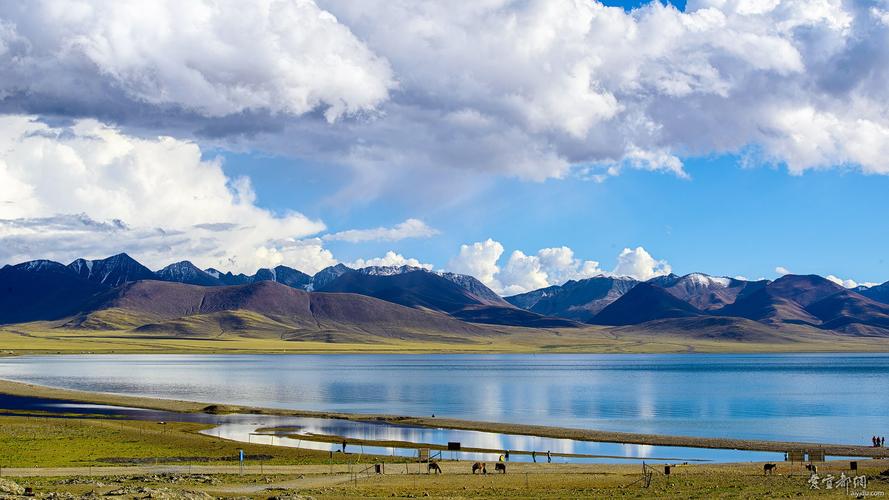India is a land of diversity, rich in cultural heritage and traditions. From food to clothing, languages to music, dance to festivals, India boasts of a vast array of intangible cultural heritage elements. The UNESCO (United Nations Educational, Scientific and Cultural Organization) has recognized 14 intangible cultural heritage elements of India that are significant to its people and the world.
Let’s take a closer look at these elements and learn more about them:
1. Yoga – A practice that began in ancient India and is now popular all around the world. It involves physical postures, breathing techniques, and meditation that provide holistic health benefits.
2. Kumbh Mela – A Hindu festival celebrated every 12 years in four different locations across India, where people bathe in holy rivers for spiritual purification and enlightenment.
3. Ram Leela – A theatrical re-enactment of the Hindu epic Ramayana, showcasing the triumph of good over evil.
4. Chhau Dance – A traditional dance form that originated in eastern India, performed with masks and intricate footwork.
5. Kalbelia – A Rajasthani folk dance performed by the Kalbelia tribe, known for snake charmers.
6. Traditional brass and copper craft of utensil making – A craft that has been practiced for generations by artisans in north India, creating beautiful utensils used for cooking and serving food.
7. The tradition of Vedic chanting – A form of chanting that recites verses from ancient Hindu texts and is believed to bring peace, harmony, and spiritual growth.
8. Buddhist chanting of Ladakh – A form of chanting that has its roots in Buddhism and is performed in monasteries across Ladakh.
9. Baul – A folk music tradition from Bengal, characterized by philosophical and spiritual lyrics and unique instruments like dotara and ektara.
10. Sankirtana – A form of devotional singing from Manipur, performed to praise Lord Vishnu.
11. Traditional brass and copper craft of Thatheras – A craft practiced by the Thathera community in Punjab, where they create intricate designs and patterns on copper and brassware.
12. Ramlila – A theatrical re-enactment of the Hindu epic Ramayana, performed during the festival of Dussehra in north India.
13. Mudiyettu – A ritualistic dance-theatre form from Kerala, depicting battles between gods and demons.
14. Tradition of puppetry – A form of traditional storytelling using puppets, popular in Rajasthan, Karnataka, and other states.
In conclusion, the intangible cultural heritage elements of India are truly diverse and unique. They showcase the country’s rich history, traditions, and beliefs. This recognition by UNESCO not only highlights their significance to the Indian people but also to the world. By preserving and promoting these elements, we can ensure that the legacy of these traditions lives on for generations to come.
(Note: Do you have knowledge or insights to share? Unlock new opportunities and expand your reach by joining our authors team. Click Registration to join us and share your expertise with our readers.)
